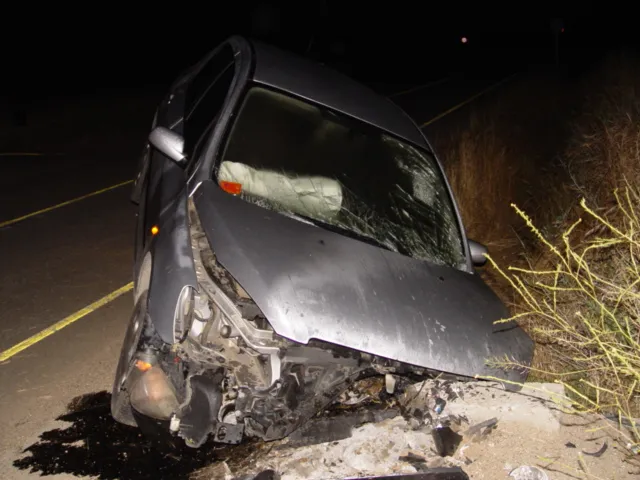
New data shows that road safety is improving in a number of European countries, as well as in nations further afield. The Czech Republic, Estonia, Norway and Spain have all seen reductions in road deaths. The road fatality rates for New Zealand and Thailand have also been reduced.
Road deaths in the Czech Republic dropped to 550 for 2019, compared with 565 for 2018 and continuing the long term reduction overall against the 1,123 road fatalities of 2007. Serious injuries from crashes dropped to 1,875, compared with 2,102 for 2018, while pedestrian deaths from crashes dropped to 91 in 2019 compared with 113 in 2018.
Estonian road fatalities fell from 67 in 2018 to 53 for 2019. However serious injuries from car crashes rose to 1,701 compared with 1,386 for 2018.
In Spain the road death rate is now the lowest since the numbers of road fatalities were first recorded. For 2019 the Spanish road death dropped by 7.6% to 1,098, compared with 2018. Of those killed in car crashes, 20% were not wearing a seatbelt at the time of impact. The number of serious injuries from road crashes also dropped by 3.8% to 4,395. Motorcyclist fatalities however increased by 47 to 264, of which 11 were riding without helmets. Cyclist fatalities increased by four to 40, while pedestrian fatalities dropped by 22 to 115.
Norway has had success in cutting road deaths overall, dropping to 20/million of population in 2018 compared with 51/million in 2010.
Looking further afield, New Zealand: has seen road deaths in its central districts drop to 41 in 2019 compared with 62 in 2018.
Of note too is that Thailand’s horrifically high death rate has seen a slight drop for the particularly dangerous New Year break. This fell by 19.4% for the country’s most seven dangerous days, from 27 December 2019 to 2 January 2020 when compared with the same period 12 months earlier.






